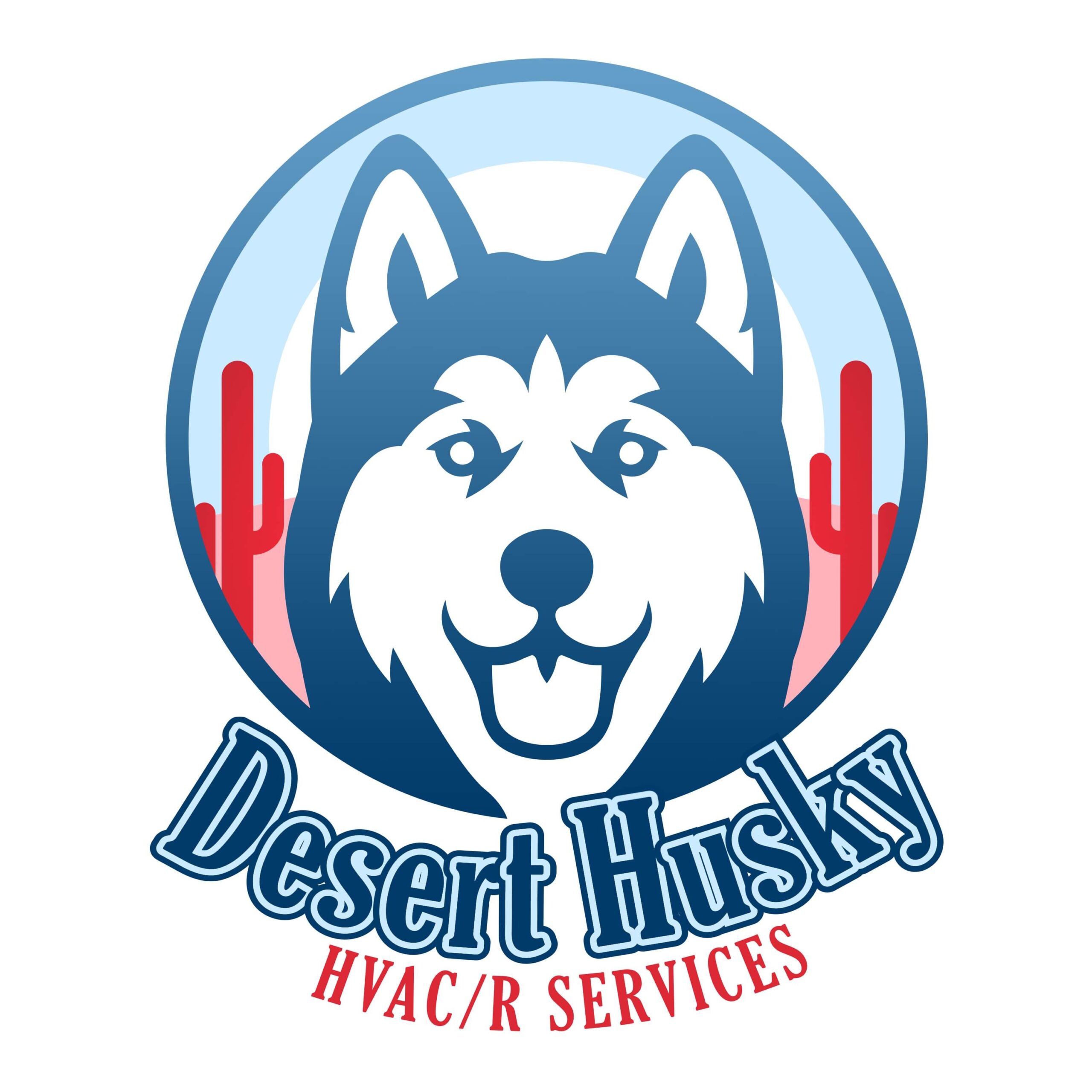
A furnace is often a background player for your home, helping keep you warm during the cold winter months. It regularly doesn’t get noticed until something goes wrong.
One source could be that your furnace has a cracked heat exchanger. It can be a safety risk, so it’s important to know the symptoms of a cracked heat exchanger and what to do if you are worried that may be the problem.
What Is a Heat Exchanger in a Furnace?
A heat exchanger helps transition heat from the combustion chamber inside your furnace to the air that flows inside the air ducts. It typically handles this via coils or tubes that warm the air while acting as a barrier to keep gas formed in the combustion chamber, called flue gasses, from leaking out into your home.
Is a Cracked Heat Exchanger Dangerous?
Because of its important role, it shouldn't come as a surprise that a cracked heat exchanger can be hazardous. A damaged heat exchanger can allow dangerous gasses – like carbon monoxide, which can be lethal – to be distributed through your home.
For that reason, don't ever run your heating if you suspect you're dealing with a cracked heat exchanger, as doing so could make your entire family ill. Contact an HVAC professional as soon as possible if you believe your heater has a cracked heat exchanger that needs repair.
Four Symptoms of a Cracked Heat Exchanger:
- Furnace turns off: Cracks in the heat exchanger can cause your furnace to switch off.
- Unusual Smells: If the air escaping your furnace has an intense chemical scent, it could be a sign gas is slipping through cracks in your heat exchanger. These byproducts, which will often smell like formaldehyde, are a significant warning sign.
- Carbon monoxide alarm goes off or you feel symptoms of poisoning: If a cracked heat exchanger is releasing carbon monoxide into your home, your carbon monoxide alarm may go off or family members might start experiencing signs of carbon monoxide poisoning. Complications include headaches, dizziness, weakness, nausea, vomiting or feeling tired. If an alarm goes off or you feel unusually tired, leave the home immediately and then call for help.
- Soot: If you notice black sooty buildup on the exterior of your furnace, it’s an indication something may be seriously wrong.
What to Do if a Furnace Heat Exchanger is Cracked
If you believe your furnace has a cracked heat exchanger, call a professional with extensive experience in furnace installation Tucson and Phoenix as soon as possible so they can take a look at your system and, if required, perform a furnace heat exchanger replacement. Costs should vary depending on the situation, but estimates can roughly suggest $1,000 to $3,000.
Fortunately, the good news is that heat exchangers are generally included in the warranty. You should review the warranty paperwork on your furnace, as while the warranty might not cover the entire cost of repairs, it still may significantly shrink your bill.
How to Avoid a Cracked Heat Exchanger in Your Home
One of the most convenient ways to prevent a problem in your furnace overall is via consistent furnace maintenance. Furnaces work the best when they run efficiently. Hiring a trained professional to check your furnace for old parts, clogged filters and other likely problems can help you avoid getting a big bill later on.
It’s also beneficial to inspect your furnace filters every few months – it’s ideal some filters be swapped out every 90 days or sooner if they are dirty or grimy. While the filters aren't a part of the heat exchanger itself, the strain of drawing air through a clogged filter makes your entire furnace work more vigorously to do its job. And the harder your furnace has to work, the more wear and tear components like the heat exchanger will experience.
